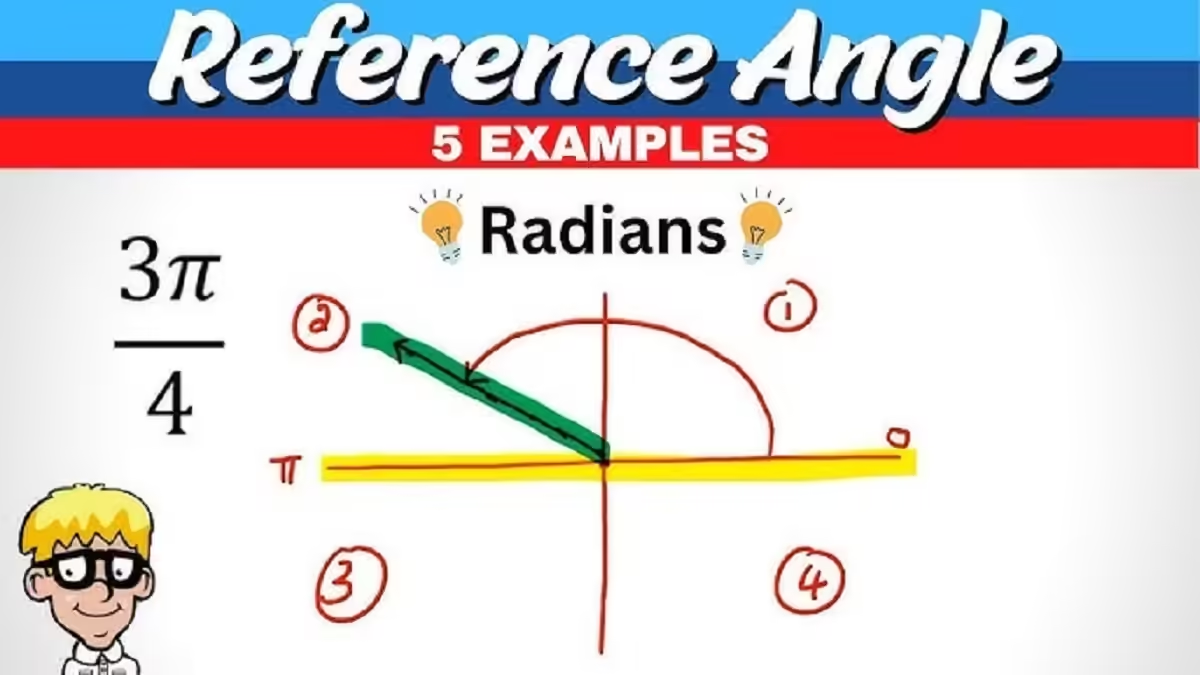Mastering Angles: Understanding Degrees and Radians with Worksheets

Angles form the cornerstone of geometry and trigonometry, playing a critical role in a wide range of applications, from engineering to astronomy. Whether you’re a student starting your journey in mathematics or an educator seeking effective teaching tools, an Angles Degree and Radian Worksheet can significantly enhance your understanding of angular measurement and conversions. This article explores the importance of learning about angles, the relationship between degrees and radians, and how worksheets can help you master these concepts.
The Basics of Angles
An angle is formed when two rays originate from a common endpoint, called the vertex. Angles are measured in units that quantify the rotation between the two rays. The two most commonly used units for measuring angles are degrees and radians.
- Degrees
- The degree is perhaps the most familiar unit of angular measurement.
- A full circle is divided into 360 equal parts, meaning one complete rotation is 360°.
- Subdivisions include minutes (
1° = 60 minutes) and seconds (1 minute = 60 seconds).
- Radians
- The radian is the standard unit of angular measurement in mathematics, particularly in calculus and trigonometry.
- A radian measures the angle subtended by an arc that is equal in length to the radius of the circle.
- One complete rotation around a circle is equivalent to 2π2\pi radians (approximately 6.28 radians).
The Relationship Between Degrees and Radians
Understanding the relationship between degrees and radians is crucial for solving problems in trigonometry and calculus. This relationship is derived from the properties of a circle:
- 360∘=2π radians360^\circ = 2\pi \, \text{radians}
- 180∘=π radians180^\circ = \pi \, \text{radians}
Using this, we can convert between degrees and radians:
- Degrees to Radians
To convert degrees to radians, multiply the degree value by π180\frac{\pi}{180}:Radians=Degrees×π180\text{Radians} = \text{Degrees} \times \frac{\pi}{180}
- Radians to Degrees
To convert radians to degrees, multiply the radian value by 180π\frac{180}{\pi}:Degrees=Radians×180π\text{Degrees} = \text{Radians} \times \frac{180}{\pi}
Why Use Worksheets for Degrees and Radians?
Worksheets serve as practical tools to reinforce theoretical concepts through problem-solving. Here’s how they can benefit learners:
- Practice and Repetition
- Worksheets allow students to practice converting between degrees and radians repeatedly.
- This repetition ensures familiarity with formulas and improves speed and accuracy.
- Visual Learning
- Many worksheets include diagrams, such as unit circles, which visually demonstrate the relationship between degrees and radians.
- Problem Variety
- From simple conversions to real-world applications, worksheets offer a range of problems that cater to different learning levels.
- Immediate Feedback
- Worksheets with solutions or answer keys enable students to self-assess and identify areas needing improvement.
- Preparation for Exams
- Practicing with worksheets can build confidence and ensure readiness for quizzes, tests, or standardized exams.
Key Components of an Effective Worksheet
When choosing or designing a worksheet on degrees and radians, consider including the following components:
- Conversion Exercises
- Include problems that require converting degrees to radians and vice versa. For example:
- Convert 45∘45^\circ to radians.
- Convert π6\frac{\pi}{6} radians to degrees.
- Include problems that require converting degrees to radians and vice versa. For example:
- Unit Circle Practice
- Incorporate questions that involve the unit circle, such as identifying angle measurements in both degrees and radians for key points like π2\frac{\pi}{2}, π\pi, and 3π2\frac{3\pi}{2}.
- Real-World Problems
- Add applications of angular measurements, such as calculating the arc length of a circle or determining the area of a sector.
- True/False and Multiple Choice
- Include conceptual questions to test understanding, such as:
- True or False: π\pi radians equals 180∘180^\circ.
- Multiple-choice questions to select correct conversions.
- Include conceptual questions to test understanding, such as:
- Challenging Problems
- Provide advanced problems that integrate degrees and radians into trigonometric identities or calculus applications.
Tips for Using the Worksheet Effectively
To maximize the benefits of a degree and radian worksheet, consider the following tips:
- Start with Basics: Ensure foundational understanding before attempting complex problems.
- Use Tools: Have a calculator capable of handling radians and degrees for accurate calculations.
- Work in Groups: Collaborative problem-solving can help clarify doubts and solidify learning.
- Review and Reflect: Analyze errors in completed worksheets to avoid repeating them in future problems.
Conclusion
Mastering angles and their measurement in degrees and radians is a critical skill for success in mathematics and its applications. By using a well-structured Angles Degree and Radian Worksheet, learners can gain hands-on experience, enhance their problem-solving skills, and build confidence in handling angular concepts. Whether you’re a student, educator, or math enthusiast, these worksheets provide an invaluable resource for unlocking the mysteries of geometry and trigonometry.
![]()






